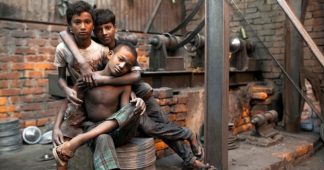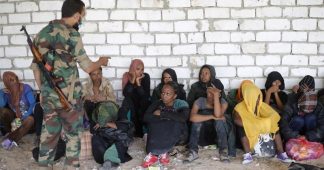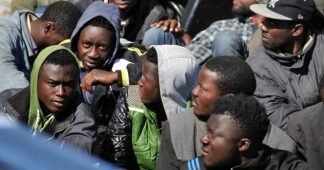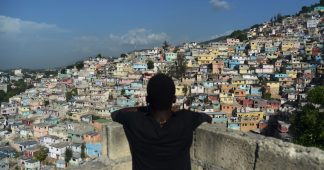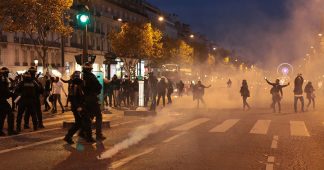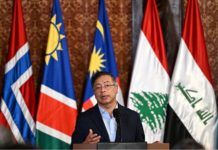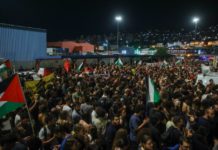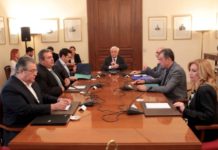Millions of people around the world—whether they are men and children forced into labor or women forced into prostitution—continue to live through slavery in its modern form.
By Ahlam Ben Saga
Rabat – The UN’s International Labour Organization (ILO) and the Walk Free Foundation have published statistics on modern slavery in 2018 in 181 countries. In Morocco, 85,000 people live in some form of modern slavery.
The 2018 Global Slavery Index shows that 0.002 percent of Moroccans live in modern slavery, and 48.34 percent of the population are vulnerable to modern slavery.
Morocco, has some of the lowest levels of slavery prevalence in Africa and has made significant improvements in modern slavery legislation. The report noted that both Morocco and Cote d’Ivoire enacted comprehensive trafficking laws since 2016.
The Central African Republic, South Sudan, and the Congo have the highest levels of vulnerability to modern slavery, whereas Mauritius and Tunisia have the lowest levels of vulnerability in Africa.
Tunisia has 25,000 victims of modern slavery while Algeria has 106,000 victims.
Africa has the highest average vulnerability to modern slavery at 62 percent, with a poor performance in governance issues and lack of basic needs.
The governments taking the most action to combat modern slavery are the Netherlands, the US, the UK, Sweden, Belgium, Croatia, Spain, Norway, Portugal, and Montenegro.
The aforementioned countries are “characterised by strong political will, high levels of resources, and a strong civil society that holds these governments to account for their actions to respond to modern slavery,” wrote ILO.
As for countries such as Afghanistan, Iraq, South Sudan, Syria, and Yemen, the report did not include their statistics “due to the ongoing conflict and extreme disruption to government.”
More than 40 million people are enslaved worldwide
Worldwide, slavery affects more than 40 million people.
Women and girls are overrepresented, making up 71 percent of all modern slavery victims while children make up 25 percent and account for 10 million of all victims of slavery.
Forced labor, or modern slavery, as defined by ILO, includes “traditional practices of forced labour, such as vestiges of slavery or slave-like practices, and various forms of debt bondage, as well as new forms of forced labour that have emerged in recent decades, such as human trafficking.”
Modern slavery is a reality lived by people who are victims of human trafficking, those forced to be housemaids or married against their will.
“Labour extracted through force, coercion, or threats produces some of the food we eat, the clothes we wear, and the footballs we kick,” wrote the Global Slavery Index.
“The minerals that men, women, and children have been made to extract from mines find their way into cosmetics, electronics, and cars, among many other products,” read the Global Slavery Index.
In 2016, an estimated 40.3 million men, women, and children were living in slavery; 24.9 million of these people were in forced labor and 15.4 million people were forced to marry.
Estimates in the same year put the number of modern slavery victims in Morocco at 219,700.
In terms of human trafficking in the country, the government convicted slightly more traffickers in 2018 than the previous year, after carrying out more investigations.
According to the US Department of State’s 2018 Trafficking in Persons Report, however, the Moroccan government did not fund specialized protection services exclusively for the victims of human trafficking, therefore not “fully meet[ing] the minimum standards for the elimination of trafficking.”
Published at https://www.moroccoworldnews.com/2019/03/267168/report-modern-slavery-morocco/
